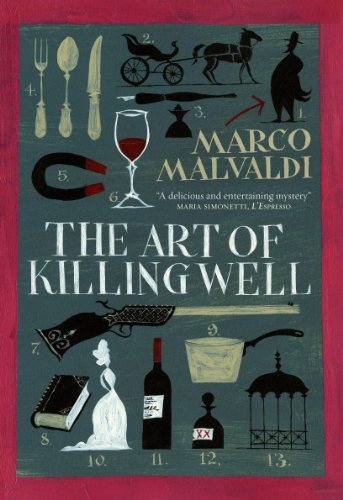The Art of Killing Well
It’s 1895. The famous cookery writer, Pellegrino Artusi, has been invited to spend the weekend with a baron and his family. At the castle, there is a murder. (At least we know the butler didn’t do it: he’s the victim.) It was carried out by one of the house party or one of the household servants. A policeman arrives. Suspects are interviewed, the policeman solves the crime. It’s a classic country house murder mystery in the English style, but set in Italy. There’s no real sense of period. I’m not sure that the concept of the weekend was even around in 1895 Italy (the phrase only became common in England in the 20th century). The style is (as the author post-modernly points out) late 19th century, except for the frequent post-modern intrusions. The historical Pellegrino Artusi is not particularly rounded, except in girth, and the other characters have the two‑dimensionality of most country-house murder suspects. The recipes, though, are convincing. All-in-all it’s a pleasant read for Agatha Christie fans, but hardcore historical novel enthusiasts should look elsewhere.










